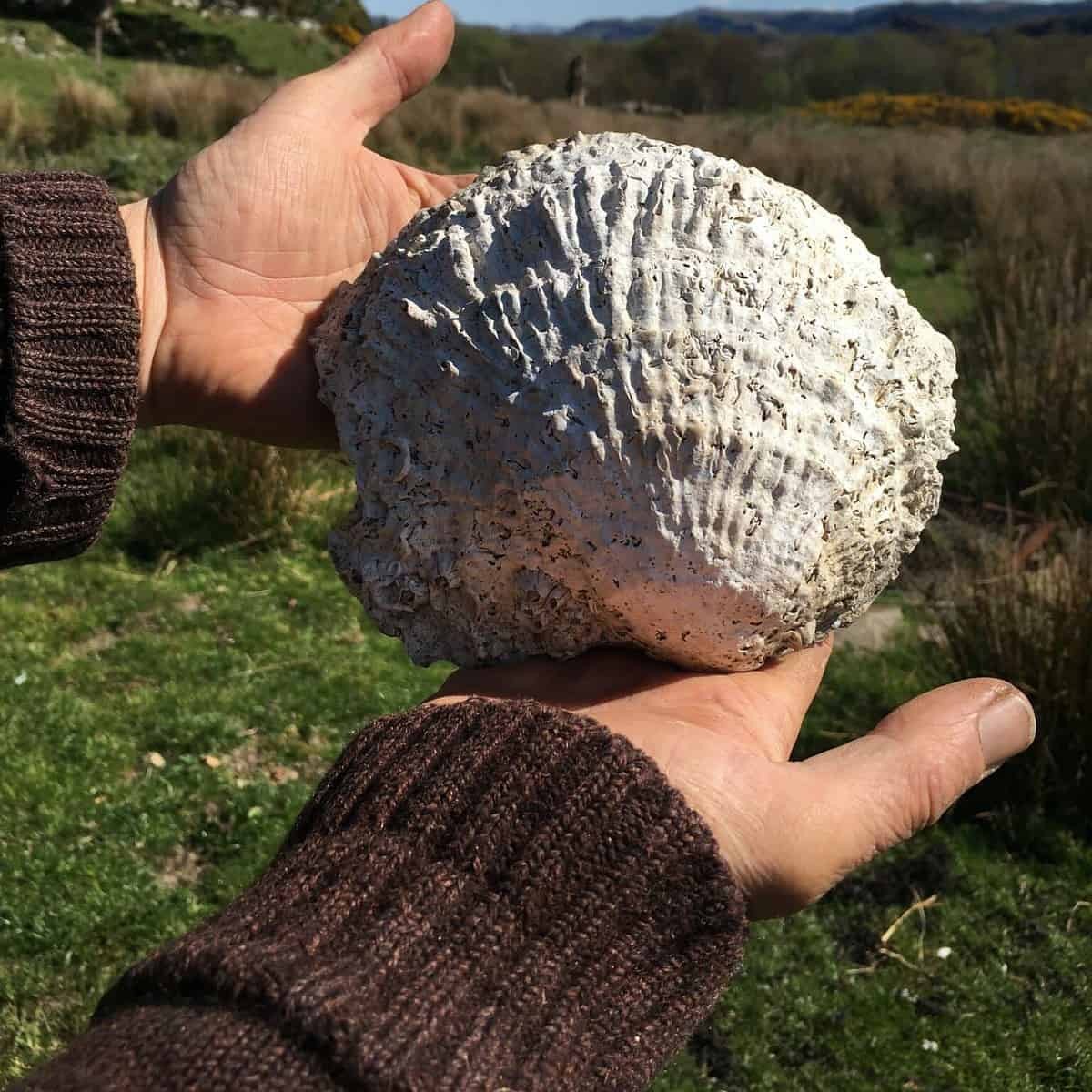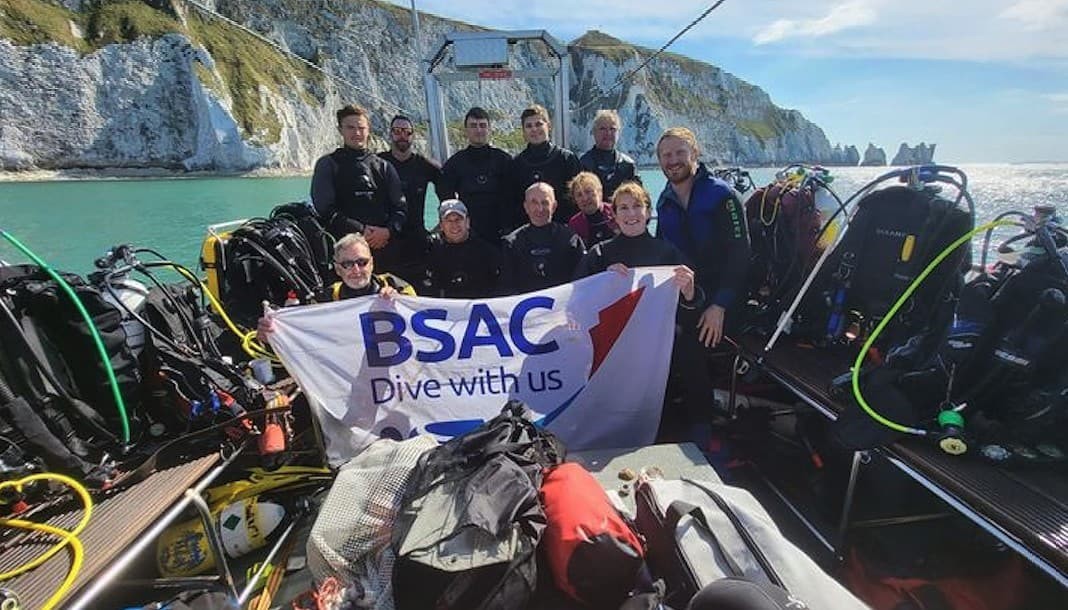Native oyster shells 35 meters (115ft) underwater and the discovery of a rare spiny seahorse are just some of the unexpected finds highlighted in the British Sub-Aqua Club’s newly released Operation Oyster 2022 report.
Launched back in 2021, Operation Oyster is a BSAC citizen science project created to enable divers to play a key role in oyster bed restoration around the UK coastline.
The project’s “mission” is to search for and document evidence of the UK’s native oyster population, which has seen a 95% drop in population numbers over the past 150 years due to overfishing, disease, pollution and habitat loss.
With its first full year now completed, the 2022 Operation Oyster report has highlighted the progress that has been made in establishing the extent of the native oyster’s decline.
The BSAC project is currently working with the BLUE Marine Foundation, Scottish marine charity Seawilding, the Zoological Society of London (ZSL) and the University of Portsmouth. Data collected via the project is also being made accessible to the scientific community.
Operation Oyster coordinator Andy Hunt said the 2022 report has also shown the work that still needs to be done:
“We have dived the breadth of the UK in 2022 and found evidence of native flat oysters where we weren’t expecting them. However, the project has not yet found any live native oyster reefs or substantial beds.
“There is hope though. Live native oysters are holding on in places, but just not in the quantity they used to be. A key finding of 2022’s activities was a carbon store of old native flat oyster shells that that may help show us what the seabed used to look like and what we should be aiming to restore.”
The full report can be downloaded at bsac.com.


